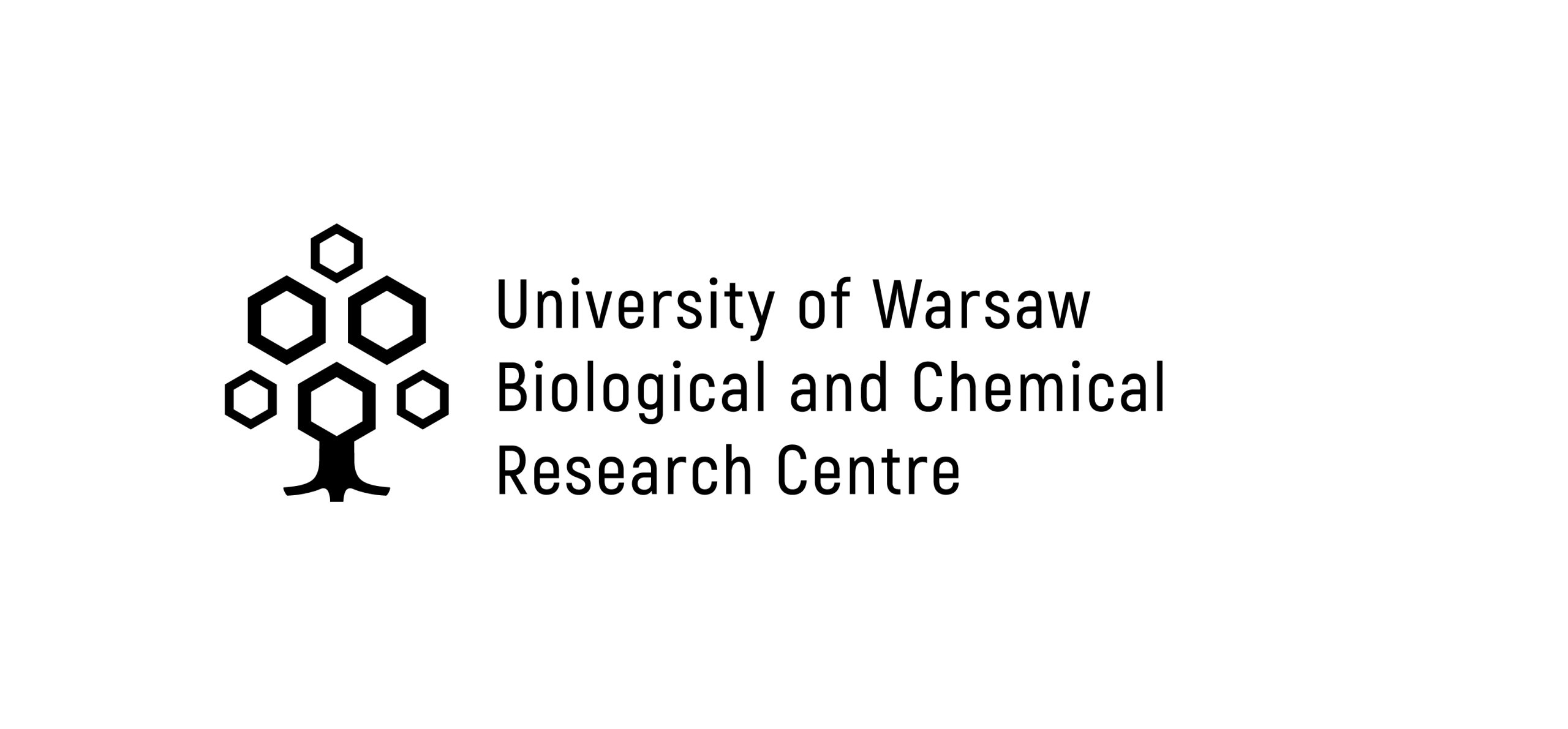Ecology and Toxicity of Cyanobacteria
Description of the Group
The group conducts research on the occurrence, ecology, ecophysiological properties, diversity and evolution of cyanobacteria with their smallest representatives – picocyanobacteria, in various environments, including the extreme ones. We investigate cyanobacteria occurring in typically aquatic environments, such as the Masurian and Suwałki Lakes, the Baltic Sea, through border (water-land) to terrestrial environments; semi-arid and desert (Eastern Pamirs, Southern California). The group cooperates with the Biogeochemistry, Ecology and Ecosystem Protection Research Group, headed by dr hab. Małgorzata Suska-Malawska, prof. UW.
Research Actvities
Our research interests concern the ecology, occurrence, ecophysiology, diversity and evolution of cyanobacteria. We study cyanobacteria from a variety of environments, including extreme ones. We are interested in picocyanobacteria; the smallest cyanobacteria, which are numerically dominant in the plankton of the oceans, and “large” planktonic and benthic cyanobacteria forming blooms and microbial mats. The research is conducted in typically aquatic environments (Masurian and Suwałki lakes, the Baltic Sea), through boundary environments with microbial mats occurring in shallow water reservoirs and streams, then terrestrial with cyanobacterial communities forming biological soil crusts occurring in desert environments (Southern Pamirs and Eastern California) to endolithic assemblages in the rocks (mountain desert of Pamirs). We are interested in the taxonomy, evolution, phylogenesis and biogeography of cyanobacteria. We isolate and cultivate cyanobacteria from poorly studied environments and study their taxonomic affiliation. We study the diversity of cyanobacterial communities in these environments using metagenomic analyzes and identify them by mapping the obtained sequences on reliable phylogenetic trees. We are looking for representatives of Melainabacteria and Sericytochromatia, colorless, non-photosynthetic, closest relatives of photosynthesizing cyanobacteria (Oxyphotobacteria). We study the occurrence of cyanobacterial blooms, cyanotoxins and other biologically active compounds in the context of climate change and eutrophication. We are interested in genetic determinants and the production of toxins in various environmental conditions, as well as methods of combating blooms. We study invasive cyanobacteria in Poland and cyanobacteria living in extreme conditions, such as hot springs or the interior of rocks, and the adaptation of cyanobacteria to these conditions. We use microscopic methods, cyanobacterial isolation and cultivation, classical genetic analyzes, environmental metagenome studies using the next generation sequencing method (NGS) and cyanotoxin analysis using the LC-MS / MS method in cooperation with the Laboratory of Biogeochemistry and Environmental
RESEARCH INTERESTS:
Diversity and evolution of cyanobacteria,
Ecology of toxic and non-toxic cyanobacteria,
Cyanobacterial blooms in the context of climate change and eutrophication and mitigation of blooms,
Cyanobacteria of extreme environments,
Picocyanobacteria and their ecophysiological and genetic diversity
OFFER:
- Analysis of LC-MS / MS cyanotoxins at the Laboratory of Biogeochemistry and Environmental Protection, in plankton samples, microbial mats and biological soil crusts,
- Analysis of the presence of toxic cyanobacteria on the basis of genes coding toxin biosynthesis pathways: mcy, ana, sxt, tin,
- Phytoplankton analyzes.
Team Leader
Specialist in phytoplankton ecology and ecology, diversity and evolution of cyanobacteria. A graduate of the University of Warsaw. Master’s thesis at the Department of Hydrobiology, UW and doctorate (PhD) at the Institute of Ecology of the Polish Academy of Sciences. Since 2004, assistant professor and currently university professor at the Faculty of Biology, UW. Author of numerous scientific publications and book chapters. She completed a two-year research internship at the University of Helsinki at the Lammi Biological Station. She participated in and organized scientific expeditions to the deserts of Central Asia (Tajikistan) and California. Apart from scientific research, she actively participates in the Polish Hydrobiological Society (PTH), where she is involved in supporting the development and dissemination of research achievements in hydrobiology as well as in the protection of aquatic ecosystems. President of PTH since 2015, previously vice-president since 2005. She is also (since 2006) the representative of Poland in the European Federation for Freshwater Sciences (EFFS).
Recent important publications:
Thoo at al. 2020, Water, 12(5), 1304;
Khomutovska et al. 2020, Toxins, 12, 244;
Mantzouki et al. 2018, Toxins, 10(4), 156;
Bukowska et al. 2017, Scientific Reports, 7(1), 8342.
